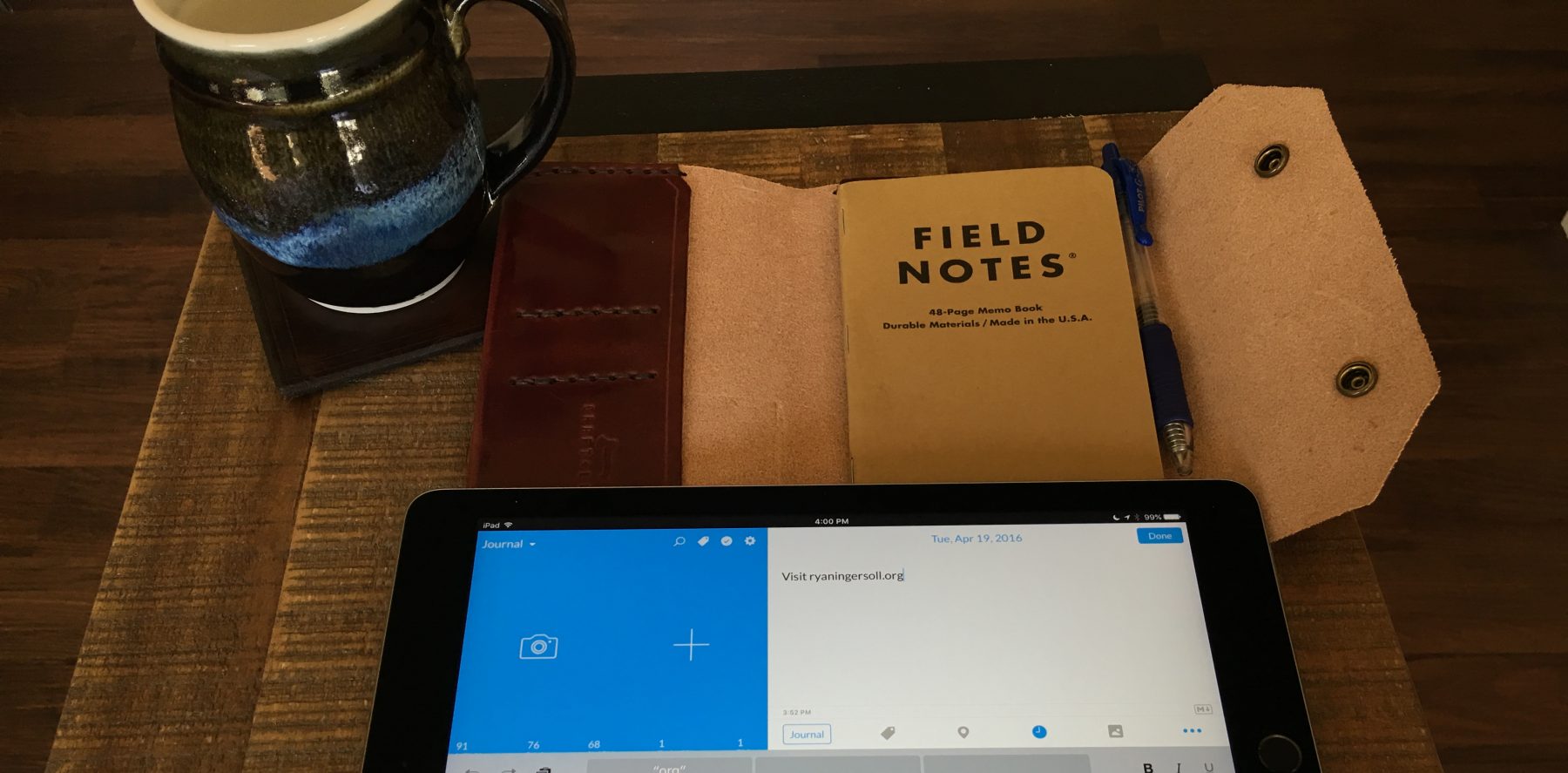5A
“Model and promote strategies for achieving equitable access to digital tools and resources and technology-related best practices for all students and teachers.“

5A Summary
- My Digital Readiness Project consisted of a comprehensive digital wisdom education program to support students–and professors–with training enabling them to use technology well in the classroom.
- The project created a framework for robust training based on digital badges.
- Standard 5A emphasizes equitable access, which was the foundation of the framework I created.
- The plan, while not something currently in consideration to be implemented, provides the recommendations that support equitable access to technology:
- The university could require students to bring their own devices that meet certain requirements (e.g., the device can load a webpage, open PDF articles, format documents, etc.).
- If a student didn’t have a device or a device capable of all the requirements, the university would provide a device to the student.
- All students would receive a basic suite of apps to succeed academically. Advanced tools, (e.g. Adobe Creative Suite, 3D printers, etc.), would be provided by the university for students to use based on the needs of their academic program.
- The Tech Desk would support students using these tools with applicable training and online resources for free. In the library, for example, the Tech Desk would allocate funds it typically spends on desktop and notebook computers (since every student would have their own computer and required software) to purchase the unique and advanced tools students cannot afford, don’t have access to, and need to use for life and work after graduation.
